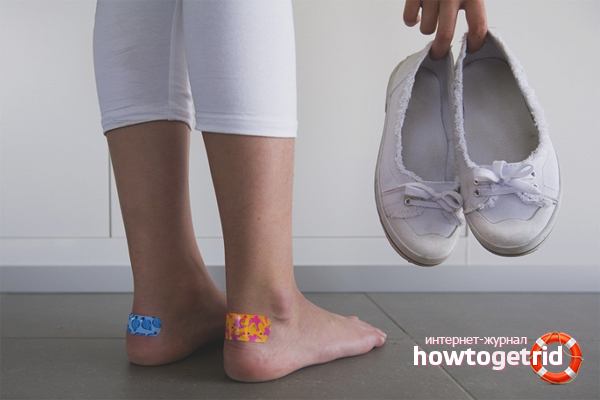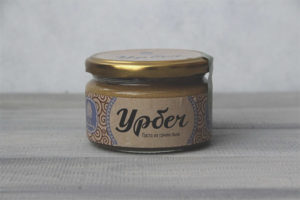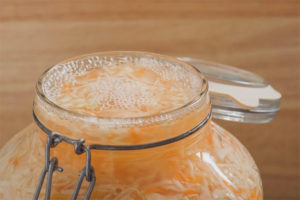The content of the article
When purchasing new shoes or shoes, any person first tries on them. Sometimes after the first fitting, several more follow. And still, after the purchase, a stunningly comfortable new thing rubs his heels. And the point here is not at all the size. Do not tolerate such discomfort that can ruin your legs. There are several ways to help soften your backdrops.
Leather shoes
Of great importance is the material from which the shoes are made. It is on this basis, in the first place, it is necessary to select means for softening. In addition to the wrong size, an uncomfortable shoe can also rub the heels. Do not believe the opinion of friends that genuine leather spreads with time on its own. When this moment comes, the legs can simply be disfigured. And even new shoes will not be able to compensate for the horror of the sight of these legs.
First of all, one should turn to history. Having no auxiliary means, our grandfathers and grandmothers escaped with a hammer. They should tap on their heels from all sides: inside, outside, back and top. After this treatment, the skin softens and stops rubbing. But all this must be done very carefully so as not to damage the surface of the shoe. This method is not suitable for thin, light and decorated skin. And for another it is better to put a piece of dense tissue on its surface.
Of the tools for such processing, pliers may also be suitable. But they are unlikely to cope with the backs of boots. It will be impossible to reach them.
Vinegar
Vinegar, quite abundantly, the backdrop is wetted, and also wrinkles with some improvised tool. The same pliers come in handy. In this case, you will definitely need a cloth to prevent damage to the surface. It is better to use a hammer or some other tool with boots. All these actions are done very carefully.
Glycerol
This product is sold in all pharmacies. Before applying the skin requires preparation. It is necessary to previously expand the pores of genuine leather. To do this, a hot damp towel is placed inside the shoe. And only after fifteen minutes, the backs are smeared with glycerin. In this form, they are left all night.
Industrial methods
In stores you can buy a chemical composition designed specifically for stretching genuine leather. He copes with his task perfectly and does not spoil the appearance of shoes. This is the easiest way, but it will require additional financial costs.
Also, with the problem, you can simply contact the shoemaker. He can stretch the shoes in length and soften their backs. Here, in addition to the additional costs, it will also take time to go to the workshop and wait.
Faux shoes
It includes all types of leatherette and textile materials. Even in the case of a natural fabric base, synthetic impregnations are used to improve the moisture resistance effect and extend the wear period.
Very good effect of vegetable oil. It is enough for them to process the backs from the inside and leave them in this state for several hours. There is no need to save on oil. It’s easier then to remove the excess with a napkin.
Alcohol solutions
It can be cologne, vodka or alcohol. They act just like vinegar, but contain acids that can corrode synthetic fibers. Alcohol without additives is best diluted with water first. Or the backdrop itself is first wetted with water and stretching its arms. Before using these products, make sure that there is no cardboard insert in the heels. Otherwise, they may get wet, and the shoes will lose their shape.
Glycerin is also used for artificial materials, but its effectiveness in this case is much lower. Mechanical effects can be used, but the risk of spoiling the new thing is much higher than fixing hard backs.
After using any of the methods, it is best to test at home. Shoe and walk around the apartment for a while. If there is no discomfort, the goal is achieved.
How to soften a backdrop on boots
With this shoe, the task is complicated by the fact that it is very difficult to get close to the back. It’s still possible to wet them from the inside, but it will be more difficult to get with a hammer or pliers. Therefore, to protect the heels from rubbing, you can use a patch or pencil from corns.
In this case, the adhesive is glued to both the heel and the back of the boot - double protection is created. But there is a high probability that the patch will slip and increase rubbing when walking. Silicone pillows under the foot are much more convenient. They protect against slipping and reduce heel friction against the backdrop.
More convenient are patch strips. They do not go astray and also protect against rubbing the seam on the backdrop. They must be glued or sewn onto the inside of the boot. They are very simply made from a dense but soft fabric.
Do not immediately fall into despair if the new shoes rubbed the heels. Feet will need rest. And during this time, using one of the above methods, you can soften the backdrops.
Video: how to stretch shoes at home











Submit